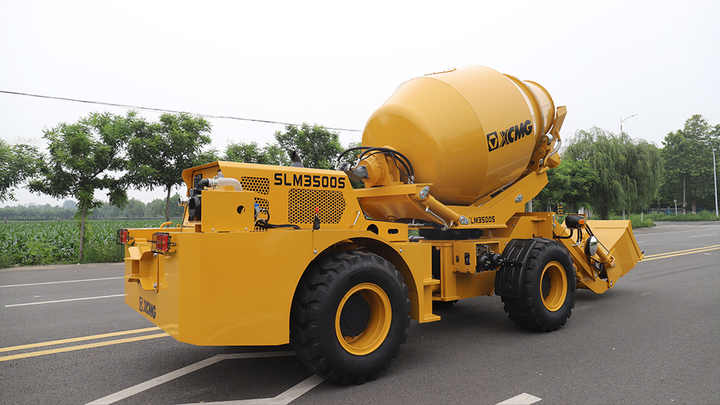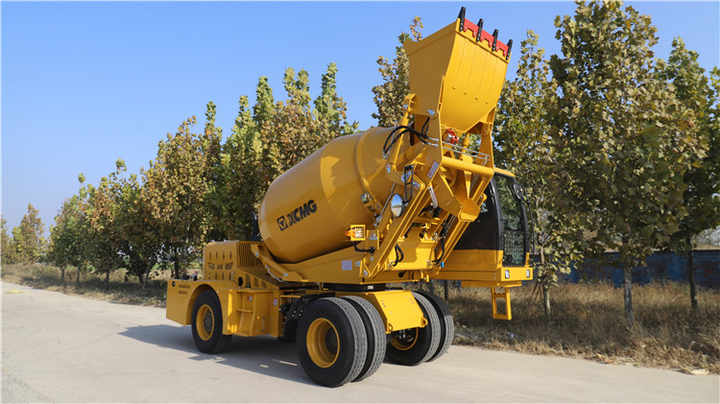Whatsapp: 8613978656878
Email: admin@slojx.com
How to Pump Concrete: From Mix Design to Final Placement
Views :
Update time : 2025-11-09
Pumping concrete is a system, not a machine. Begin with mix design: specify 55 % fines (<2 mm) by absolute volume to lubricate the line. Retain 5-15 mm aggregate at 35 % and limit 20-25 mm to 10 % to reduce jam probability. Water-cement ratio 0.45–0.50 yields 120-mm slump without segregation; add 0.8 % super-plasticizer to maintain flow under pressure. Zoom GlobalMech Corp’s lab shows this blend drops friction coefficient to 0.3 kN/m²—30 % lower than conventional mixes.

Priming: never use pure water; it washes paste off the wall and causes dry pack. Instead, mix 200 L of water with 50 kg of cement and 30 kg of fine sand to create a creamy grout. Pump at 20 bar until it exits the hose, then switch to concrete within 30 seconds. The grout coats the pipe with a 1 mm lubricating film that cuts pressure spikes by 25 %.


Priming: never use pure water; it washes paste off the wall and causes dry pack. Instead, mix 200 L of water with 50 kg of cement and 30 kg of fine sand to create a creamy grout. Pump at 20 bar until it exits the hose, then switch to concrete within 30 seconds. The grout coats the pipe with a 1 mm lubricating film that cuts pressure spikes by 25 %.

Placement: keep the end hose buried 300 mm in fresh concrete to prevent free-fall segregation. Move the hose side-to-side in 1 m swaths; stationary nozzles create cold seams. After final placement, apply a laser screed within 15 minutes while concrete is still plastic—pumped concrete sets faster due to higher temperature from pumping energy. Follow these steps and your Zoom GlobalMech Corp pump becomes an extension of the batch plant, delivering uniform, place-ready concrete every time.
Related News
Read More >>
 Specifications & Guideline
Specifications & Guideline
11 .09.2025
Specifications & Guidelines for Safe Concrete Pumping Operations


